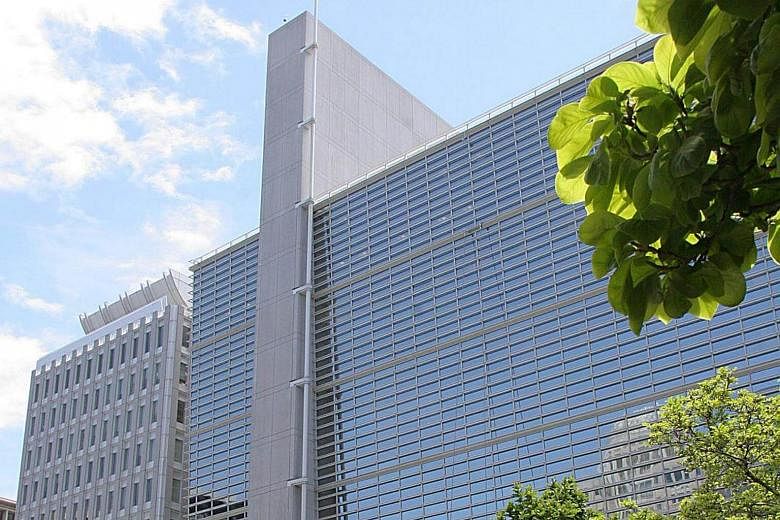Growth in the developing East Asia and Pacific region is expected to be marginally better than previously estimated, according to the World Bank.
However, the region still faces significant risks, including the prospect of higher United States interest rates and uncertainties over the outlook for China's economy.
The Washington-based lender, in a report released yesterday, said it expects China to continue its gradual transition to slower but more sustainable growth, from 6.7 per cent this year to 6.5 per cent next year, and 6.3 per cent in 2018.
In the rest of the region, growth is projected to remain stable at 4.8 per cent this year, and rise to 5 per cent next year, and 5.1 per cent in 2018.
The region, which includes countries such as Malaysia, Vietnam and Thailand, continues to perform well, relative to other parts of the developing world, the report said.
It added that growth has been particularly resilient since the global financial crisis.
While weak global demand has weighed on the region's economies, this is expected to be offset by domestic demand growth in the coming years, the report said.
Mr Sudhir Shetty, the chief economist of the World Bank's East Asia and Pacific region, said the region has held up "better than expected" in the face of global geopolitical shocks like the Brexit vote.
"Brexit could have been much more of a shock than it was. The pound and equity markets tanked for a couple of days... but recovered quickly," he added.
There has also been a period of relative stability in exchange rates and capital flows in recent months, he said.
Despite the favourable prospects, however, "the world remains a very uncertain place" and the region's growth is subject to significant risks, he added.
"A sharp global financial tightening, a further slowdown in world growth or a faster-than- anticipated slowdown in China would test East Asia's resilience," Mr Shetty said. "These uncertainties make it critical for policy- makers to reduce financial and fiscal imbalances that have built up in recent years," he added.
In particular, the anticipated US rate hike this year might spark volatility in financial markets, which means the window for policymakers to implement reforms is closing, said Mr Shetty.
Chia Yan Min


